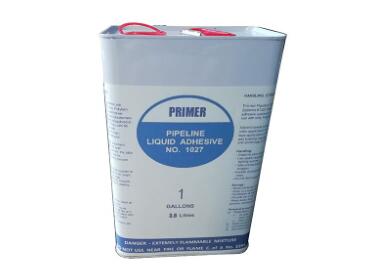How Do You Know If Primer Coat Is Dry?
You've just finished applying the primer coat on your walls, eager to move on to the next steps of your painting project. But the lingering question remains: how do you know if the primer coat is dry and ready for the next layer of paint? In this guide, we'll walk you through the simple signs and foolproof methods to ensure your primer is perfectly dry before you proceed.
Signs of a Dry Primer Coat
The first clue that your primer coat is dry can often be found in its appearance. Look for a consistent, matte finish across the entire surface. A dry primer will lose its glossy or wet look and take on a uniform appearance, signaling that it's ready for the next application.
Another visual indicator is the color. Wet primer can appear darker than its dry counterpart. As it dries, the color will lighten, providing a clear visual cue. Remember, patience is key; rushing to paint over a still-wet primer can lead to a host of issues.
Understanding Factors Influencing Drying Time
The drying time of primer isn't set in stone; it varies based on several factors. Environmental conditions play a crucial role. Humid or cold weather can slow down the drying process, while warm and dry conditions facilitate quicker drying. Additionally, the type of primer you use matters. Different formulations dry at different rates, so be sure to check the product instructions for guidance.
Testing Dryness: Simple Techniques
If you're unsure about the visual cues, there are hands-on techniques to confirm whether your primer coat is dry. One commonly used method is the touch test. Gently press your finger against a small, inconspicuous area. A dry surface will feel cool to the touch and leave no residue on your finger. If it feels tacky or leaves paint on your finger, it needs more time to dry.
Another technique is the fingernail test. Lightly scratch the surface with your fingernail. If the primer comes off or feels soft, it's not yet dry. A fully dried primer will withstand this test without any damage.
Consequences of Painting Over Wet Primer
It's crucial to resist the temptation to paint over a wet primer. Doing so can lead to various issues, such as poor adhesion, uneven drying of the paint, and a less durable finish. Rushing the process might save time initially, but the results can be disappointing and may require redoing the entire project.
Conclusion
In conclusion, determining if your primer coat is dry involves a combination of visual observations and simple tests. Patience and attentiveness are key virtues in this process. By understanding the signs of dryness, considering external factors, and employing practical testing techniques, you'll ensure a smoother and more successful painting experience.
Remember, a properly dried primer sets the foundation for a flawless paint job. Take the time to assess the dryness accurately before moving forward with your painting project.




